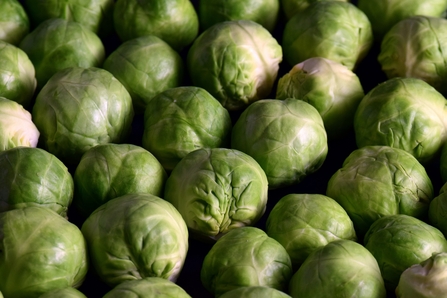What is this all asprout?
The Brassica family includes cabbages, cauliflower, Brussels sprouts, broccoli, rocket and kale. Grow in fertile soil and feed fortnightly with a nitrogen-rich fertiliser (you can make your own using nettle leaves). They can be prone to diseases which remain in the soil for several years, so make sure you never grow brassicas in the same spot two years in a row.

How to grow Brussels sprouts
What?
Brussels sprouts are a type of vegetable called a “brassica” and they are very similar to cabbages, cauliflowers, broccoli and kale. They need lots of nitrogen in the soil, so if it’s been a wet summer and you want to grow winter varieties, you’ll need to use a good fertiliser in August before sowing – such as an organic fish, blood and bone meal to stay chemical-free.
They do need a fair bit of space and grow slowly, so they take up space for most of the year. They can grow to about a metre tall. But you won’t want to grow more than a few! And there are so many different types that you can find smaller versions that will be fine in a container.
Like all the brassicas, they can get problems with caterpillars so cover them with a fine mesh netting to keep butterflies off then keep them covered over the winter with netting to keep the pigeons from decimating the plants.
Where?
As they are tall, they need to be in a sheltered spot so the wind won’t blow them over. They need fertile soil that is firm. Add plenty of well-rotted manure. You’ll need to tie them to stakes or canes as they grow.
They will need to be about 50 centimetres apart.
When?
Because they grow so slowly, get a head start if you can by sowing them inside in pots or under glass (in a cold frame or a greenhouse) to protect them from the frost, from February onwards. Once the risk of frost has gone, you can plant them out, usually from May or early June depending on where you are in the country.
You can start to pick them from the late autumn onwards. Pick them from the bottom and work your way up as you need them.

